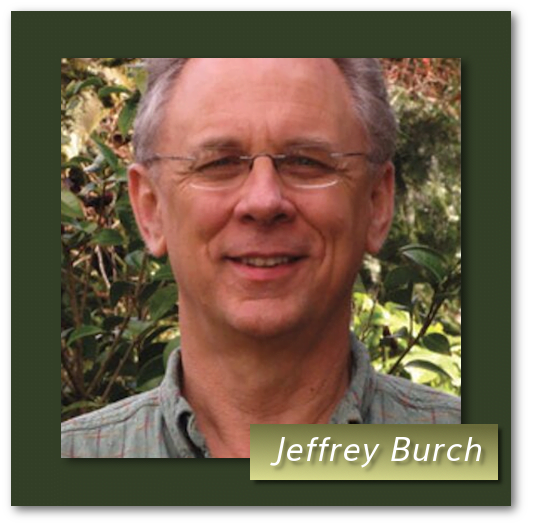New Joint Mobilisation Methods
This three part course will give you:
The history of development of the New Joint Mobilisation Methods
Clarification of terminology related to fibrosity
Essential details of synovial joint, bursa and tendon anatomy
Instruction in how to perform four assessment methods essential to this joint mobility process
Instruction in two different treatment techniques both useful to free joint capsule adhesions

COURSE CONTENT

PART I
NEW JOINT MOBILISATION METHODS SYNOVIAL JOINTS
- History of development of the New Joint Mobility methods
- Essential details of Synovial Joint Anatomy
- Clarification of terminology related to fibrosity
- Instruction in how to perform four assessment methods essential to this joint mobility process
- Instruction in two different treatment techniques both useful to free joint capsule adhesions
- Example applications of these assessment and treatment methods to several synovial joints in diverse parts of the body
- Practical application of the assessment and treatment methods for synovial joints and treatment methods
PART II
NEW JOINT MOBILISATION METHODS BURSAE
- The patterns of fibrosity seen in Bursae and how the fibrosity affects mobility
- Adaptations of the assessment methods presented in Module 1 for joints for use with Bursae and demonstrated on diverse Bursae
- Application of the treatment methods presented in Module 1 for joints, are presented for use with Bursae, and demonstrated on diverse Bursae
- Practical application of the above


PART III
NEW JOINT MOBILISATION METHODS TENDONS
- The anatomy and normal biomechanics of tendons are presented include description of each of the two very different kinds of environment that surround portions of tendons.
- The patterns of fibrosity seen in the relationship between tendons and their environments, and how the fibrosity affects mobility.
- Adaptations of the assessment methods presented in Module 1 for joints, for use with the relationships between tendons and their environment. Tendons of diverse types and body locations are described
- Application of the treatment methods presented in Module 1 for joints, are presented for use with the relationships between tendons and surrounding tissues, and demonstrated on diverse tendons
- Practical session with instructions
Watch Course Introduction


Jeffrey Burch has got an academic background in biology and counselling. He was trained as a Rolfer at the Dr. Ida Rolf Institute and studied Craniosacral Therapy at the Upledger Institute, later specialising in visceral manipulation.
Join Jeff as he introduces us to the assessment and treatment methods of his joint mobility process
If you have any questions regarding this course, please contact us.


